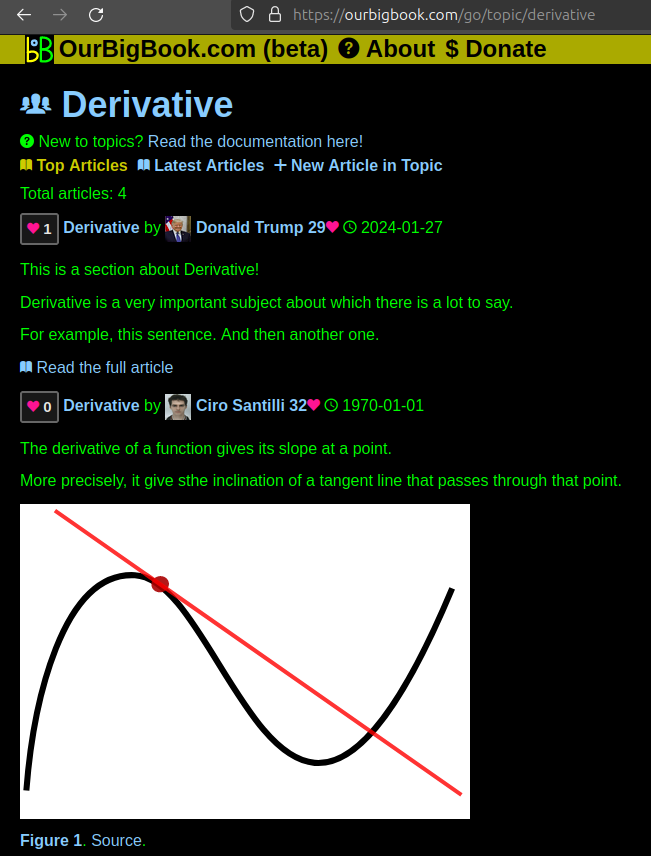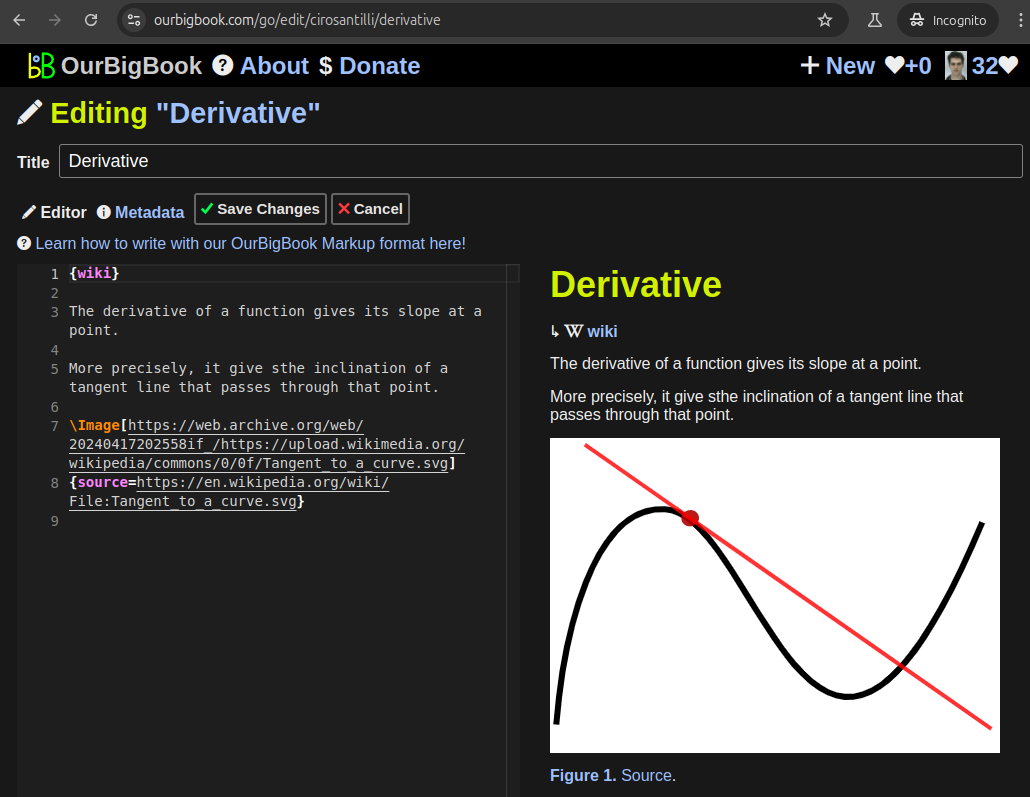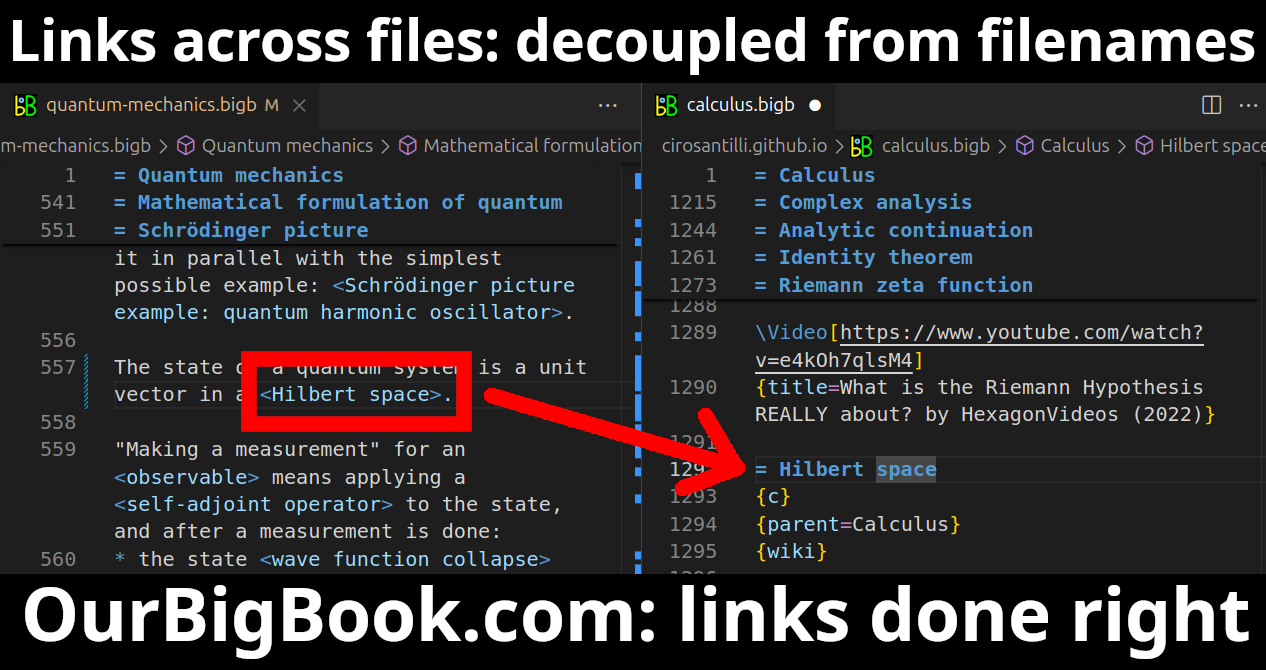John D. Ferry could refer to a variety of individuals, concepts, or organizations, but he is not a widely recognized public figure or concept as of my last knowledge update in October 2023. It's possible that you're looking for information about a specific person, perhaps in a certain field such as science, politics, or another area.
In homological algebra, a **monad** is a particular construction that arises in category theory. Monads provide a framework for describing computations, effects, and various algebraic structures in a categorical context.
Quadratic algebra typically refers to the study of quadratic expressions, equations, and their characteristics in a mathematical context. Quadratic functions are polynomial functions of degree two and are generally expressed in the standard form: \[ f(x) = ax^2 + bx + c \] where \( a \), \( b \), and \( c \) are constants, and \( a \neq 0 \).
A parent function is the simplest form of a particular type of function that serves as a prototype for a family of functions. Parent functions are crucial in mathematics, particularly in algebra and graphing, as they provide a basic shape and behavior that can be transformed or manipulated to create more complex functions.
Quasi-identity is a concept used in formal logic, particularly in the study of algebraic structures and model theory. It refers to a specific type of logical statement or relationship that resembles an identity but is not necessarily true under all interpretations or in all models.
A slim lattice is a concept in the field of combinatorics, particularly in the study of partially ordered sets (posets) and lattice theory. A lattice is a specific type of order relation that satisfies certain properties, namely the existence of least upper bounds (join) and greatest lower bounds (meet) for any pair of elements.
A symplectic representation typically refers to a representation of a group on a symplectic vector space. Symplectic geometry is a branch of differential geometry and mathematics that studies symplectic manifolds, which are a special type of smooth manifold equipped with a closed, non-degenerate 2-form called the symplectic form.
Buekenhout geometry is a type of combinatorial geometry that involves the study of certain kinds of incidence structures called "generalized polygons." Specifically, it is named after the mathematician F. Buekenhout, who contributed significantly to the field of incidence geometry.
Dominance order is a concept used in various fields, including economics, game theory, and biology, to describe a hierarchical relationship where one element is more dominant or superior compared to another. Here are a few contexts in which dominance order is commonly applied: 1. **Game Theory**: In game theory, dominance order refers to strategies that are superior to others regardless of what opponents choose. A dominant strategy is one that results in a better payoff for a player, regardless of what the other players do.
An H-vector is a concept that arises in the context of algebraic topology and combinatorial structures, particularly in the study of partially ordered sets (posets) and their associated simplicial complexes. The H-vector is often related to the notation used for the generating function of a simplicial complex or the f-vector of a polytope.
Incidence algebra is a branch of algebra that deals with the study of incidence relations among a set of objects, usually within the context of partially ordered sets (posets) or other combinatorial structures. The main aim is to analyze and represent relationships between elements in these structures through algebraic constructs. In a typical incidence algebra, one often considers a poset \( P \) and defines an algebraic structure where the elements are functions defined on the pairs of elements in the poset.
"Acnode" typically refers to a mathematical concept rather than a widely recognized term in popular culture or other fields. In mathematics, specifically in the context of algebraic geometry, an "acnode" is a type of singular point of a curve. More precisely, it refers to a point where the curve intersects itself but does not have a cusp or a more complicated singularity.
Riemann surfaces are a fundamental concept in complex analysis and algebraic geometry, named after the mathematician Bernhard Riemann. They can be thought of as one-dimensional complex manifolds, which allow us to study multi-valued functions (like the complex logarithm or square root) in a way that is locally similar to the complex plane.
The Klein quartic is a notable and interesting example of a mathematical object in the field of topology and algebraic geometry. Specifically, it is a compact Riemann surface of genus 3, which can be represented as a complex algebraic curve of degree 4.
Brill–Noether theory is a branch of algebraic geometry that studies the properties of algebraic curves and their linear systems. Specifically, it focuses on the existence and dimensionality of special linear series on a smooth projective curve. The theory is named after mathematicians Erich Brill and Hans Noether, who significantly contributed to its development.
A Cassini oval is a type of mathematical curve defined as the locus of points for which the product of the distances to two fixed points (called foci) is constant. Unlike an ellipse, where the sum of the distances to the two foci is constant, in a Cassini oval the relationship involves multiplication.
The Conchoid of Dürer is a mathematical curve that was first described by the German artist and mathematician Albrecht Dürer in the 16th century. The term "conchoid" typically refers to a class of curves defined by certain geometric properties and constructions. In particular, the Conchoid of Dürer can be constructed using a fixed point (a focus) and a distance, similar to how conic sections are defined.
Algebraic connectivity is a concept from graph theory that measures the connectivity of a graph in a specific way. It is defined as the smallest non-zero eigenvalue of the Laplacian matrix of a connected graph.
A list of curves often refers to a comprehensive cataloging of various mathematical curves that have specific equations, properties, and applications. Such lists are useful in mathematics, physics, engineering, computer graphics, and other fields. Here are some common types of curves you might find in a list of curves: ### Algebraic Curves 1. **Lines**: Linear equations (e.g., \(y = mx + b\)) 2.
Pinned article: Introduction to the OurBigBook Project
Welcome to the OurBigBook Project! Our goal is to create the perfect publishing platform for STEM subjects, and get university-level students to write the best free STEM tutorials ever.
Everyone is welcome to create an account and play with the site: ourbigbook.com/go/register. We belive that students themselves can write amazing tutorials, but teachers are welcome too. You can write about anything you want, it doesn't have to be STEM or even educational. Silly test content is very welcome and you won't be penalized in any way. Just keep it legal!
Intro to OurBigBook
. Source. We have two killer features:
- topics: topics group articles by different users with the same title, e.g. here is the topic for the "Fundamental Theorem of Calculus" ourbigbook.com/go/topic/fundamental-theorem-of-calculusArticles of different users are sorted by upvote within each article page. This feature is a bit like:
- a Wikipedia where each user can have their own version of each article
- a Q&A website like Stack Overflow, where multiple people can give their views on a given topic, and the best ones are sorted by upvote. Except you don't need to wait for someone to ask first, and any topic goes, no matter how narrow or broad
This feature makes it possible for readers to find better explanations of any topic created by other writers. And it allows writers to create an explanation in a place that readers might actually find it.Figure 1. Screenshot of the "Derivative" topic page. View it live at: ourbigbook.com/go/topic/derivativeVideo 2. OurBigBook Web topics demo. Source. - local editing: you can store all your personal knowledge base content locally in a plaintext markup format that can be edited locally and published either:This way you can be sure that even if OurBigBook.com were to go down one day (which we have no plans to do as it is quite cheap to host!), your content will still be perfectly readable as a static site.
- to OurBigBook.com to get awesome multi-user features like topics and likes
- as HTML files to a static website, which you can host yourself for free on many external providers like GitHub Pages, and remain in full control
Figure 3. Visual Studio Code extension installation.Figure 4. Visual Studio Code extension tree navigation.Figure 5. Web editor. You can also edit articles on the Web editor without installing anything locally.Video 3. Edit locally and publish demo. Source. This shows editing OurBigBook Markup and publishing it using the Visual Studio Code extension.Video 4. OurBigBook Visual Studio Code extension editing and navigation demo. Source. - Infinitely deep tables of contents:
All our software is open source and hosted at: github.com/ourbigbook/ourbigbook
Further documentation can be found at: docs.ourbigbook.com
Feel free to reach our to us for any help or suggestions: docs.ourbigbook.com/#contact






